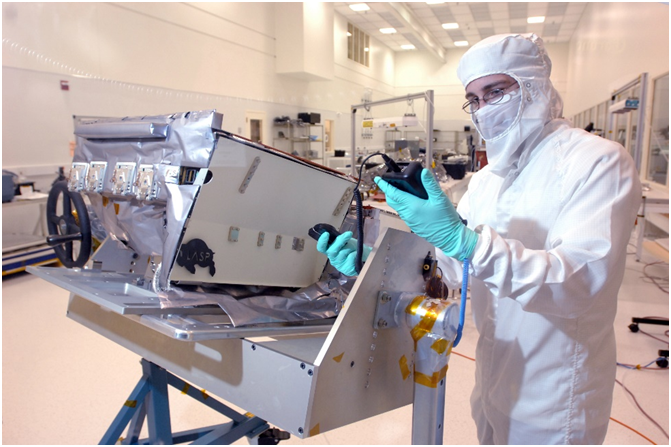![[Source: Wikimedia ]](https://fabbaloo.com/wp-content/uploads/2020/05/labs1_img_5eb08f5769001.png)
Charles Goulding, Ryan Donley, and Mellissa McIntyre of R&D Tax Savers discuss wet labs and opportunities for 3D printing.
Despite having world-renowned medical schools and University medical research institutions, New York City (NYC) has always lagged in life science and med tech commercialization as compared to San Francisco and Boston. Part of the reason for this is due to the dearth of large-scale wet labs necessary for the commercialization process. The highest skilled medical professionals are already extremely busy in their practice areas and don’t have the time to travel large distances with the finite number of hours they can devote to product commercialization.
In a September 26th Wall Street Journal article, it was announced that Deerfield Management Co will invest 635 million to convert a 12-story 300,000-square-foot building on Park Avenue South into a ready-to-use biotech lab for researchers and start-up biotech labs. The City is proving large tax breaks over 20 years as part of a 500-million-dollar initiative to help the life science industry compete with industry hubs in San Francisco and Boston.
Wet labs require clean rooms, extensive mechanical systems, ventilation systems, including fume hoods and piping that aren’t available in existing conventional buildings. The following table presents some of the large square footage wet lab and office space existing or coming online in NYC:
![Table 1: Large scale wet labs throughout New York City [Source: R&D Tax Savers]](https://fabbaloo.com/wp-content/uploads/2020/05/labtable1_img_5eb08f57b731a.png)
3D Printing and Bioprinting
Currently, New York City has around 20 life-science facilities open or planned in order to improve upon NYC’s life-sciences hub. The new wet lab space will present new market opportunities for the 3D printing industry including bioprinting, orthopedics, lab equipment, and cleanroom supplies.
![3D bioprinting [Source: Wake Forest Institute for Regenerative Medicine ]](https://fabbaloo.com/wp-content/uploads/2020/05/labs2_img_5eb08f588baa2.png)
The commercial life science businesses using this space and the startups should be eligible for R&D tax credits.
The Research & Development Tax Credit
Enacted in 1981, the now permanent Federal Research and Development (R&D) Tax Credit allows a credit that typically ranges from 4%-7% of eligible spending for new and improved products and processes. Qualified research must meet the following four criteria:
-
Must be technological in nature
-
Must be a component of the taxpayer’s business
-
Must represent R&D in the experimental sense and generally includes all such costs related to the development or improvement of a product or process
-
Must eliminate uncertainty through a process of experimentation that considers one or more alternatives
Eligible costs include US employee wages, cost of supplies consumed in the R&D process, cost of pre-production testing, US contract research expenses, and certain costs associated with developing a patent.
On December 18, 2015, President Obama signed the PATH Act, making the R&D Tax Credit permanent. Beginning in 2016, the R&D credit can be used to offset Alternative Minimum tax for companies with revenue below $50MM and, startup businesses can obtain up to $250,000 per year in payroll tax cash rebates.
Conclusion
![3D printed spinal disk [Source: Flickr ]](https://fabbaloo.com/wp-content/uploads/2020/05/labs3_img_5eb08f58ded8b.png)
New York City has waited a long time for large-scale wet lab space. The 3D printing industry has the opportunity to benefit from this pent-up demand.

